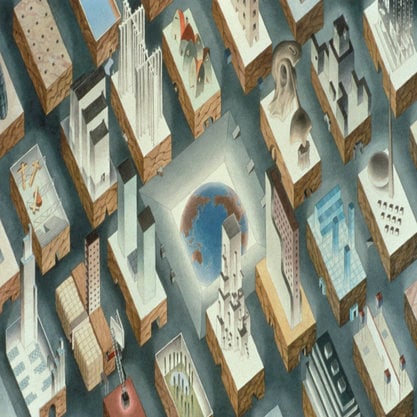Article
Art Nouveau By Jordan, Sharon
Article
From the 1880s until the mid-1910s, Art Nouveau was the dominant style in art, architecture, and design in Europe, with innovative and thoroughly modern production in graphics, furniture, and applied arts. Though it incorporated elements from a range of diverse sources, the most characteristic forms of Art Nouveau were those inspired by nature, but nature that had been adapted, stylized, and aestheticized to reflect the cultural climate of the turn of the century. The origins of Art Nouveau developed out of the ideas of several leading figures during the mid-nineteenth century in their efforts to reconcile art with the increasingly industrialized methods of production dominating in the applied arts. In Britain, William Morris advocated for a unity among art, design, and applied arts that valued handcraftsmanship in well-made objects made available to the middle classes. The Arts & Crafts movement sought to counter the array of poorly designed consumer goods seen at the Great Exhibition in London in 1851, in which individual objects were frequently overwhelmed by ornamentation.

